A beauty dish in photography helps the photographer achieve a variety of “beauty lighting” techniques. The light is relatively hard and somewhat wide (so it can shape the face). Another great aspect of this tool is that there is a nice fall-off in light.
The center of the light is brightest, but it falls off at the edges (is less bright). This feature creates beautiful shadows to sculpt facial features.
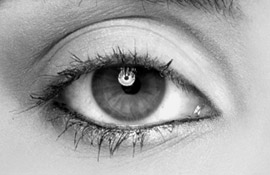
Beauty dishes are used frequently in fashion photography.
One way to identify their use is to check the catch lights in the eyes of the photographic subject. With traditional dishes, the highlight will be round with a small darker dot in the center (that’s the source of the light that bounces back into the dish).
It’s possible to put diffusion material on a beauty dish so the light is softer–therefore, you won’t see the dark center but a circular highlight instead.
Here are some examples of completed fashion model photographs, along with the lighting set ups for each of the shoots.
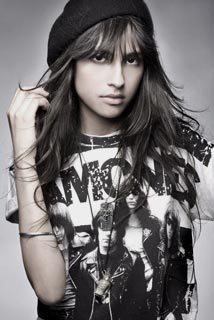
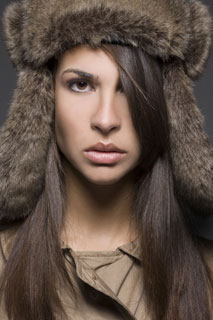
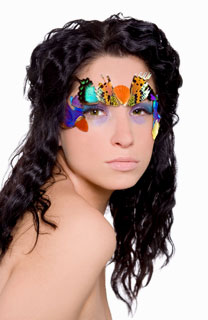
Above image: Copyright © Lindsay Adler Technical: Canon 5D, Canon 85mm 1.8 lens, f/11 at 1/100, ISO 100 Background Color: White Background Light: Two silver dish strobes.
Distance to Background: 10 feet Hair Light: none Beauty Dish Distance to Subject: 4 feet, centered and eye-level
Other tools used: Three white reflectors (foam core) held very close to the face (one on the left, one on the right, and one sitting in the lap of the model).
Other notes: This “beauty box” effect is often used in cosmetic ads and is good for softening or eliminating shadows. The closer the reflector boards are to the face, the softer and less apparent the shadows become.
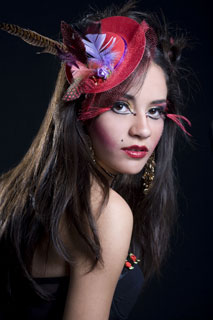
Copyright © Lindsay Adler
Technical: Canon 5D, Canon 85mm 1.8 lens, f/8 at 1/160, ISO 100
Background Color: Black
Background Light: none
Distance to Background: 10 feet
Hair Light: one silver dish, angled from the back left of image
Beauty Dish Distance to Subject: 4 feet, off to the right and angled straight forward
Other tools used: none
Other notes: Having the beauty dish off center helps to give additional shape to the face with more pronounced shadows.
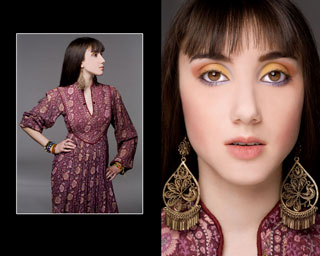
Copyright © Lindsay Adler
This is a portrait layout I did for an artist at my university. On the left I used the beauty dish as the sole light source and on the right I used a beauty box effect to get the glowing/shadowless appearance. In both images, the beauty dish is the sole light source in the image.
If you are planning on getting serious about becoming a model photographer or just want to create astounding photos in your own studio, beauty dishes should be added to your equipment list. Then try the various techniques to enhance and “bring to light” the best features of your subjects.
by Lindsay Adler

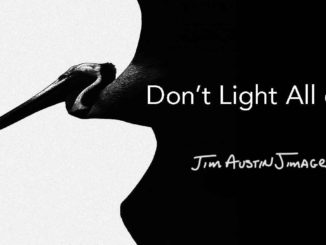
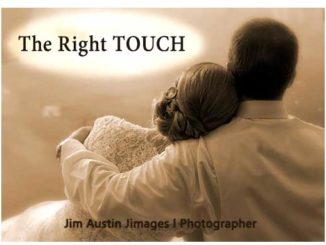
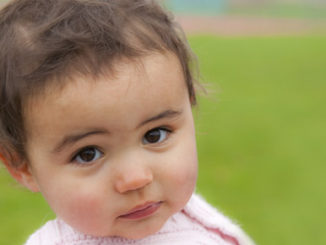
Leave a Reply